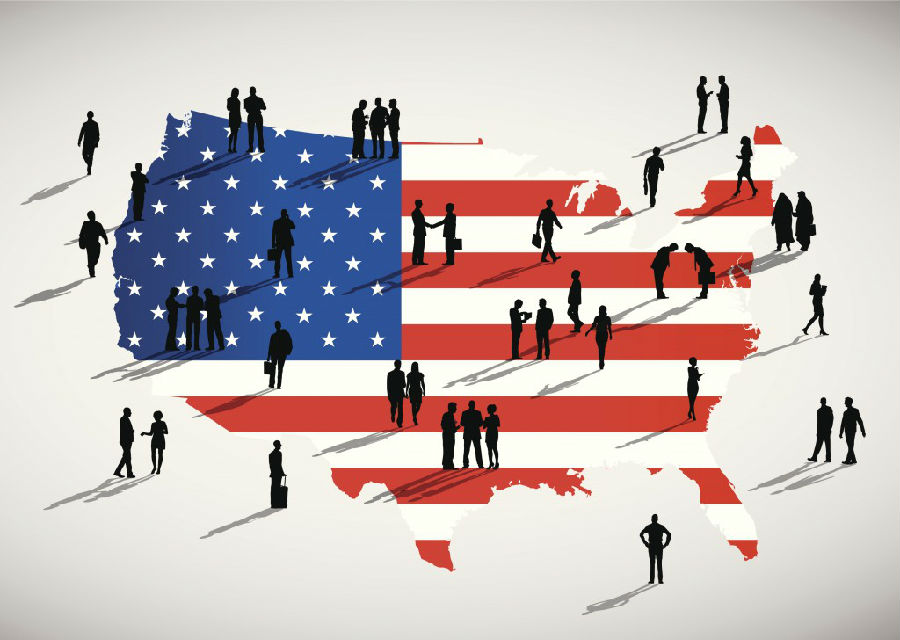Judy Woodruff: As we just heard, the monthly employment report came with lots of good news today, just four days before the election, and building again on eight-plus consecutive years of job growth. Amna Nawaz gets some quick takeaways about the larger picture.
Amna Nawaz: Judy, some of the better news: a quarter of a million new jobs, a wage boost that is the best since 2009, and unemployment at its lowest rate in almost 50 years. But there are still concerns over trade and tariffs. And the stock market has been especially volatile through October. The Dow Jones industrial average has given back all of its gains for the year. For more, let's bring in Heather Long. She's an economics correspondent for The Washington Post, and joins me here now. Welcome to the "NewsHour."
Heather Long: Great to be here.
Amna Nawaz: So, let's dig into this. Now, the report is just a snapshot if time, right? What really matters are the underlying trends. So what are you seeing here? What are the trends behind these numbers?
Heather Long: These are great numbers that we have seen today. It's obviously been 97 straight months of job gains in the United States. That's never happened before, that kind of a record. So this has been going on for a while. It's not like it just started in October of this year. But it is unusual to be seeing such strong job gains this late in an economic cycle, so this far along. And I was particularly pleased to see that the job gains were across the board. Every major sector of the economy is adding jobs. And in manufacturing and a number of blue-collar jobs, we're seeing the fastest job gain since 1984. So we are seeing some especially strong numbers right now.

Amna Nawaz: That wage growth, we mentioned being the best since 2009, a lot of people are looking at that. What does that mean? Is that market gains finally kind of making their way down to the average worker? And will those continue, that growth?
Heather Long: That's a great question. This is the first number we have seen above 3 percent since 2009, so it's going in the right direction, and all economists, or many I talk to, think it's going to keep going up, which is good. That said, costs are also rising. So the real number, after you factor in rising costs of gas and rent, is more like point 0.8 to 1 percent real growth gains. So we want to keep seeing that number go higher. And an important point is the last time unemployment was this low, back in 2000, wage gains were 3.5 to 4 percent. So we have got more room to run.
Amna Nawaz: We mentioned some of that volatility we saw last month, some really big daily swings in October in the markets. Where did that come from? What was feeding that? And are we going to expect more of that this month?
Heather Long: Some of that, we saw again today, as the markets were up and then down. And that's from this debate about, is the China trade war, the U.S.-China trade war going to keep escalating? But the real question that investors are asking is, is the economy peaking right now? And we had this substantial tax cut, and we have had deregulation, we have had extra fiscal stimulus. That's all pushed profits higher. But a lot of people say, is it really going to keep going in 2019 and 2020? Or are we going to start sliding down possibly into a recession? Nobody quite knows that right now. There's a huge debate going on. And that's why you're seeing that volatility in the markets.
Amna Nawaz: Very quickly, before we go, in about 15 seconds, are we going to see another interest rate hike from the Fed before the end of the year?
Heather Long: After today's jobs report, it's a certainty, well, almost a certainty. You can never say 100 percent certain. But unless there's something crazy that happens, the interest rates are going higher in December and probably next year.
Amna Nawaz: Heather Long of The Washington Post, thanks so much for being here.
Heather Long: Thank you.












